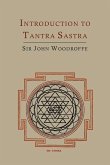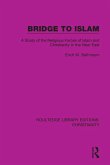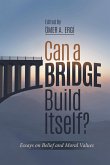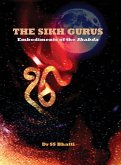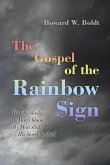John was a student of Tantrik guru Dadaji Mahendranath [1911-91] in a correspondence that lasted from 1971 to 1991 and with occasional meetings. The last few years were difficult after Dadaji suffered strokes that affected his memory and ability to write with joined up lettering. Dadaji was a Londoner by birth, whose maternal family included hereditary witches, and after meeting Aleister Crowley in his final years, when he was translating Chinese Taoist texts, he advised Dadaji to travel East if he wished to discover the pinnacle of mystical practices. At length, after interceding war activity, he did just that, via Australia to the far East, before settling in Gujarat, India. In so doing he did indeed bridge the range of Eastern and Western philosophies. It was in respect of this that he first borrowed the Norse image of the Rainbow Bridge, when seeking to create a fusion of Eastern and Western practices. The two main streams of activity that Dadaji was most keen to see made available to westerners came from the two main initiations he received in India: The Adi Nath lineage from Matsyendranath, and the Uttarakaula tantrik tradition of North India. The former emerged as the Arcane Magical Order of the Knights of Shambala, AMOOKOS; the latter as the Fellowship of Uttara Circles of Kaulas, which he asked John to organise for him. Most of the contents of this book is the collected essays created as guidance for those taking initiation in the group, and others with interest. Otherwise John has worked as an Art teacher and therapist in schools, colleges and prisons, having achieved his Masters Degree in Jungian Psychology and Art Therapy from London University in 1982. Some of his paintings illustrate this volume. Gregory Peters is a writer and researcher who has written about Tantra, non-duality, and the intersection of East-West spiritual practices. He is an initiate of Adinatha and Uttara Kaula lineages of tantrika, as well as Dzogchen and western esoteric orders. His latest book was the Magickal Union of East & West from Llewellyn Publications.
Hinweis: Dieser Artikel kann nur an eine deutsche Lieferadresse ausgeliefert werden.
Hinweis: Dieser Artikel kann nur an eine deutsche Lieferadresse ausgeliefert werden.


